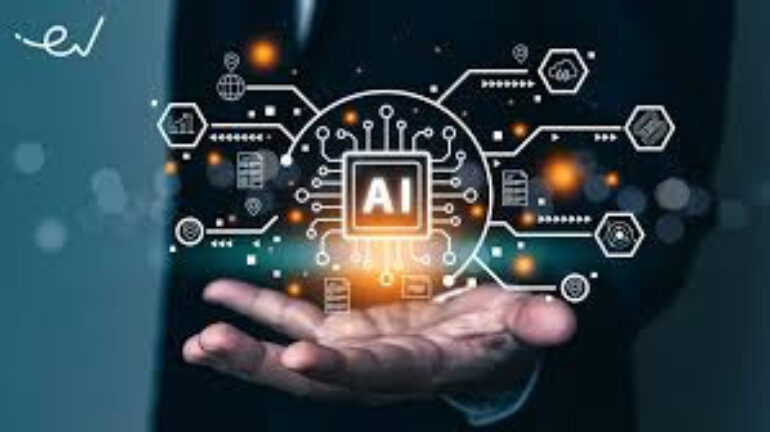
The combination of IoT (Internet of Things) and AI (Artificial Intelligence) has already led to the development of various innovative solutions across multiple industries. Here are some examples:
- Smart Home Systems: IoT devices like smart thermostats, security cameras, and voice assistants are becoming increasingly common in homes. AI algorithms analyze data from these devices to optimize energy usage, enhance security, and provide personalized experiences for residents.
- Industrial Automation: IoT sensors embedded in manufacturing equipment collect real-time data on machine performance and product quality. AI algorithms analyze this data to predict equipment failures, optimize production processes, and minimize downtime.
- Healthcare Monitoring: Wearable IoT devices, such as fitness trackers and smartwatches, continuously collect data on users’ health metrics like heart rate, activity levels, and sleep patterns. AI algorithms analyze this data to provide personalized health recommendations and early warnings for potential health issues.
- Smart Agriculture: IoT sensors deployed in agricultural fields monitor soil moisture levels, temperature, and crop health. AI algorithms analyze this data to optimize irrigation schedules, detect crop diseases early, and increase crop yields.
- Autonomous Vehicles: IoT-connected sensors and cameras in autonomous vehicles generate vast amounts of data about road conditions, traffic patterns, and vehicle performance. AI algorithms process this data to make real-time driving decisions, improve safety, and enhance the overall driving experience.
- Supply Chain Optimization: IoT-enabled tracking devices attached to shipments provide real-time visibility into the location and condition of goods in transit. AI algorithms analyze this data to optimize supply chain routes, predict delivery times, and minimize shipping costs.
- Energy Management: IoT sensors installed in buildings and infrastructure monitor energy usage patterns and identify areas for optimization. AI algorithms analyze this data to automate energy-saving measures, optimize HVAC systems, and reduce energy waste.
- Retail Analytics: IoT sensors and cameras in retail stores track customer movements and behavior patterns. AI algorithms analyze this data to personalize marketing offers, optimize store layouts, and improve inventory management.
Overall, the integration of IoT and AI technologies enables the creation of smarter, more efficient, and more responsive systems across various domains, leading to enhanced productivity, cost savings, and improved user experiences.